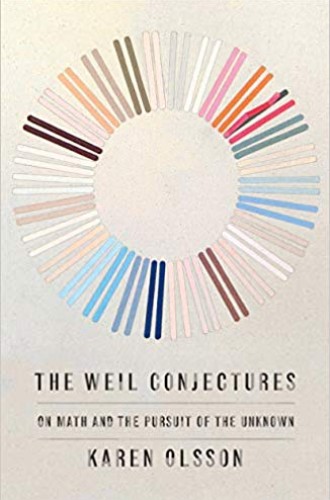As a teenager, Simone Weil thought about killing herself. The reason? She could no longer keep up with her older brother André at math. “I didn’t mind having no visible successes,” she later explained, “but what did grieve me was the idea of being excluded from that transcendent kingdom to which only the truly great have access and wherein truth abides. I preferred to die rather than live without that truth.”
André would go on to become one of the most influential mathematicians of the 20th century. Simone would go on to become a writer, philosopher, and political activist—influential in her own right, posthumously celebrated by poets, ethicists, theologians, and cultural critics.
As adults, the Weil siblings argued with one another about André’s “type of math.” Simone found algebra distasteful, “a manipulation without any reality behind it,” “merely a game, referring only to itself,” “too removed from life,” “untethered from any study of nature,” “divorced from the material world”—in a word, useless. She gravitated instead to the geometry of the ancient Greeks, believing that for them math “was not just a mental exercise but a key to nature.”





